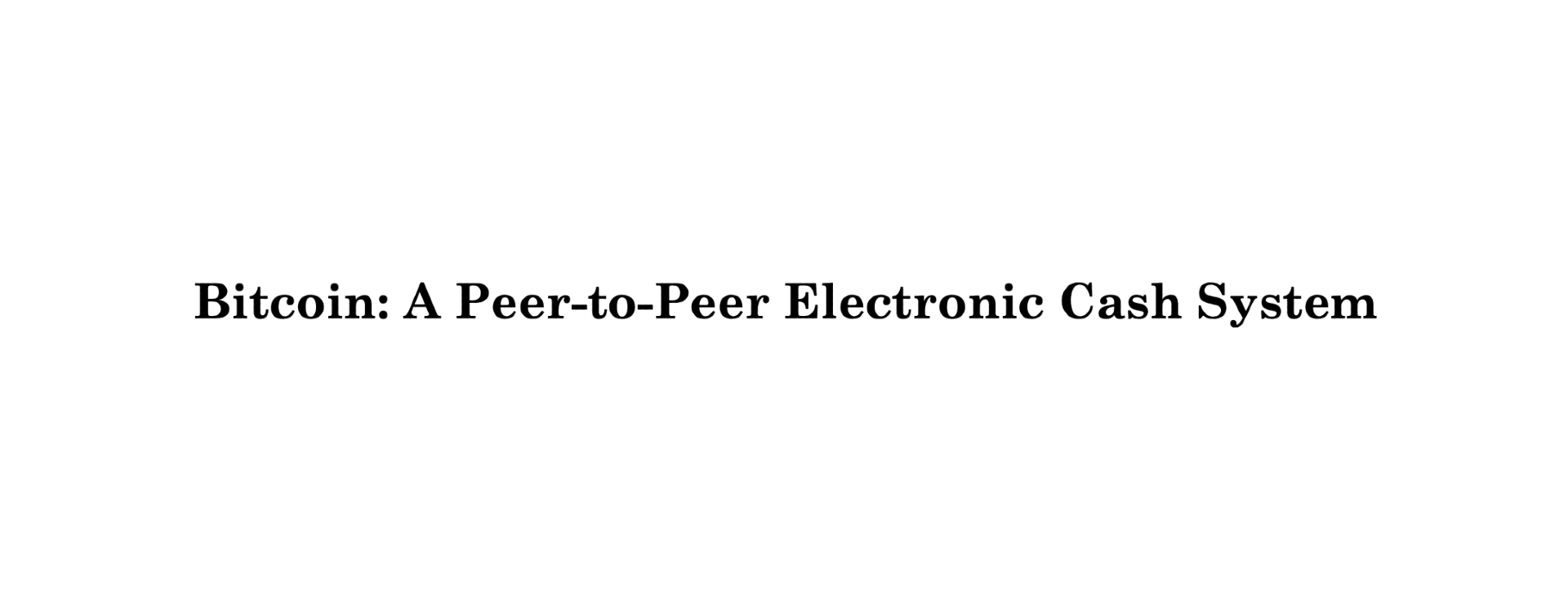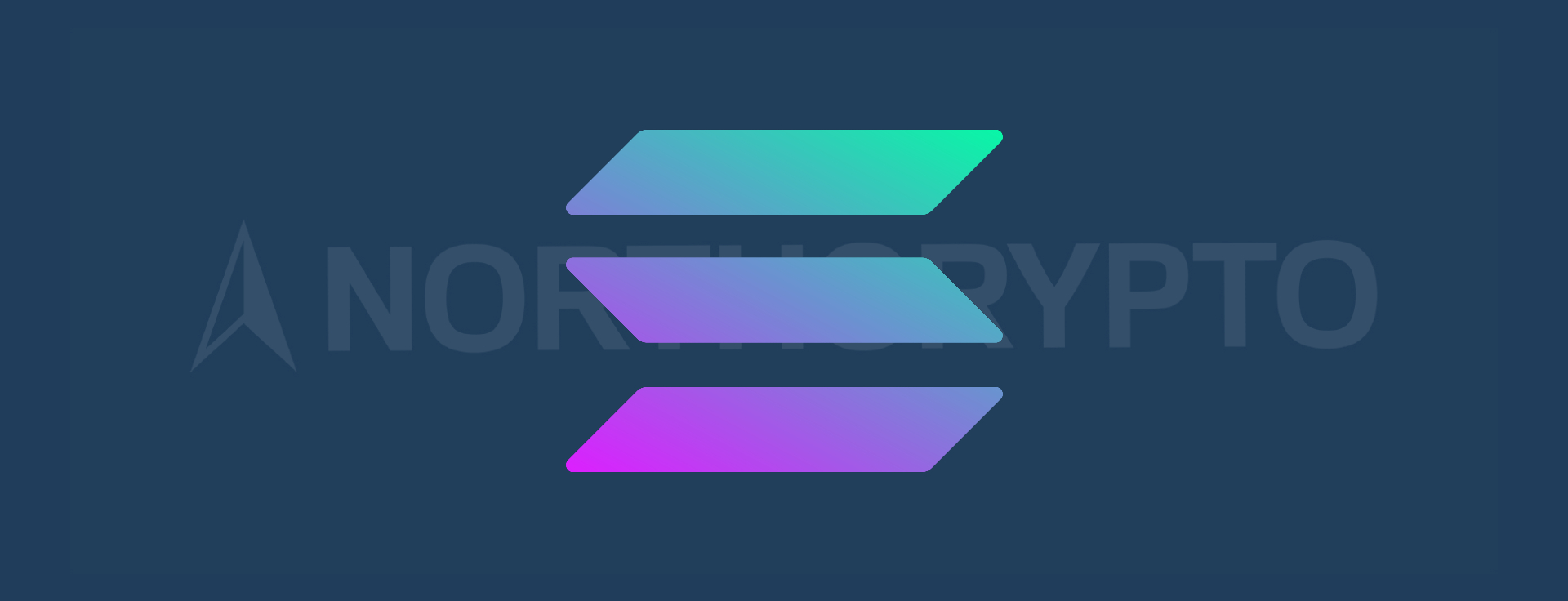Cryptocurrency mining
Mining Proof of Work Proof of StakeThe maintainers of cryptocurrency blockchains are called miners. In practice, cryptocurrency mining is the process in which transactions between users are verified and added to the blockchain public ledger. The new block always contains a list of transactions performed with that cryptocurrency. The miners aggregate these transactions and form a block. Each block also refers to the block before it, forming a blockchain. In simple terms, a blockchain is made up of interconnected, discrete blocks. A blockchain is therefore data in the chain.
As a reward for their work, miners receive a block reward. The block reward is a feature, which is programmed in the blockchain of cryptocurrencies. The block reward also determines how many new cryptocurrencies are generated from each new block. In addition to the block reward, miners also receive a share of blockchain transaction fees.
Generally, cryptocurrencies operate on the basis of either Proof of Work or Proof of Stake consensus algorithms. A consensus algorithm is a procedure through which all the peers of the blockchain network reach a common agreement about the present state of the distributed ledger. The consensus algorithm determines how the cryptocurrency is mined.
Proof of Work
Proof of Work is the first consensus algorithm used in blockchains. In a Proof of Work-based blockchain, the computing power of mining machines plays a key role in mining. For example, in the Bitcoin network, miners collect blocks of transactions, verify their integrity, and append them to the blockchain.
In the Proof of Work consensus algorithm, miners solve the puzzle, from the new block and confirm the transactions. How complex a puzzle is depends on the number of users, the current mining power and the network load. The solver of the puzzle gets the honor of producing a new block for that blockchain. Miners are rewarded for their work with a block reward and transaction fees for transactions that take place in that block. Many of the older cryptocurrencies, such as Bitcoin and Litecoin use a Proof of Work algorithm during the mining process.
Proof of Work requires mining equipment, i.e. powerful computers, to work. For example, the Bitcoin blockchain is now mined using powerful ASICs designed specifically for mining. These machines consume a lot of electricity and also need to be upgraded on a regular basis. Cryptocurrency mining is now a professional business. Bitcoin mining, for example, is almost entirely controlled by mining farms owned by large companies with tens of thousands of ASICs.
Proof of Stake
Proof of Work-based mining requires a huge amount of power, which is directly reflected in high electricity consumption. In addition, physical mining equipment causes some restrictions to the capacity of cryptocurrency networks. In some cases, the limited capacity of the network is reflected in the slowness of cryptocurrency transfers.
In recent years, a consensus algorithm called Proof of Stake has gained a lot of popularity. The Proof of Stake-based consensus algorithm was developed to meet the challenges faced by Proof of Work. In Proof of Stake systems, miners are replaced with validators. Proof of Stake is based on a randomly selected state of validators who “stake” the native network tokens by locking them into the blockchain to produce and approve new blocks. The more cryptocurrencies you stake, the higher the reward you get. Proof of Stake does have some benefits over Proof of Work. The most notable benefits are the smaller carbon footprint and better scalability.
Cryptocurrency mining has changed a lot in recent years. Today, most of the new cryptocurrencies use a Proof of Stake-based consensus algorithm. The Proof of Stake consensus model has risen in prevalence significantly over the last years among public blockchains looking to improve Bitcoin’s underlying performance execution. A good example of the growing popularity of the Proof of Stake is that Ethereum is currently in the process of transitioning from Proof of Work consensus to Proof of Stake to better supplement the network’s performance demands.





